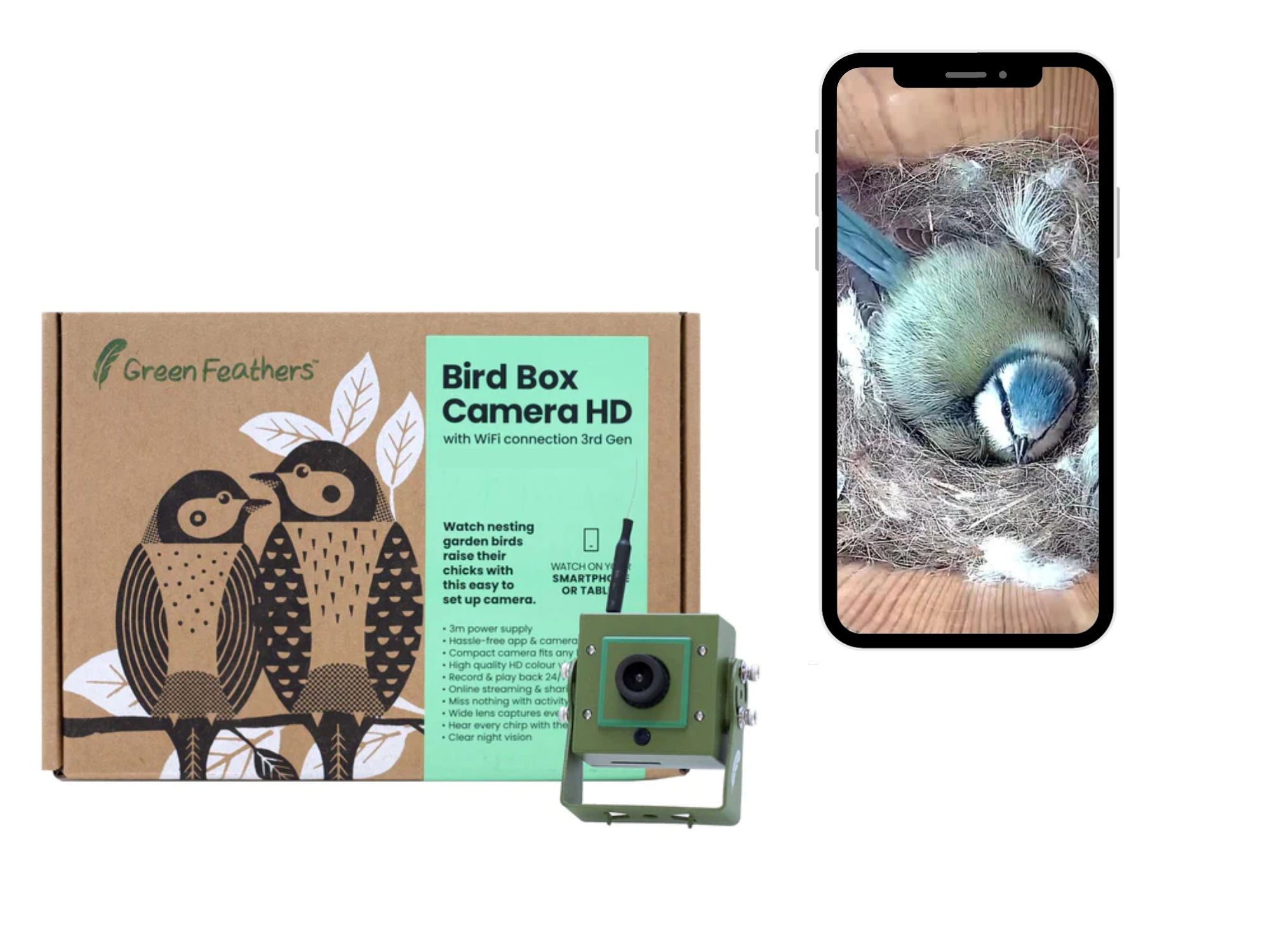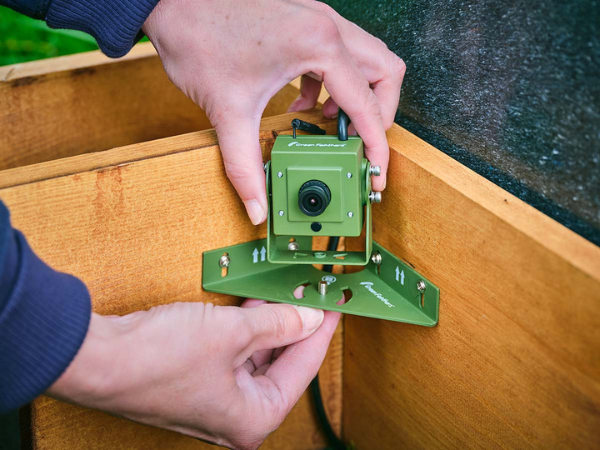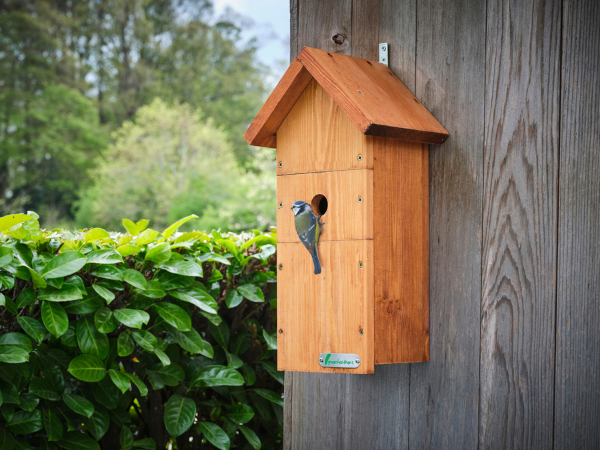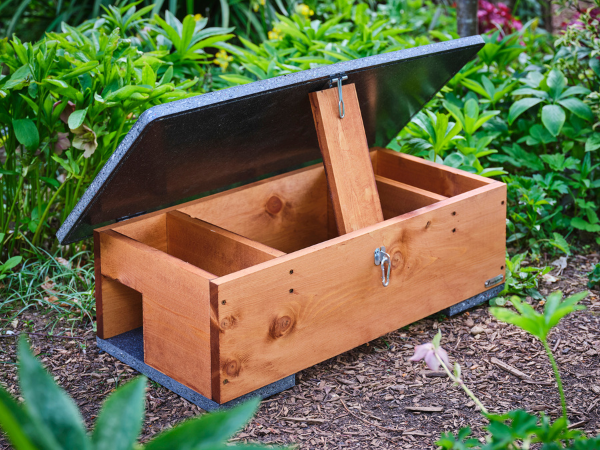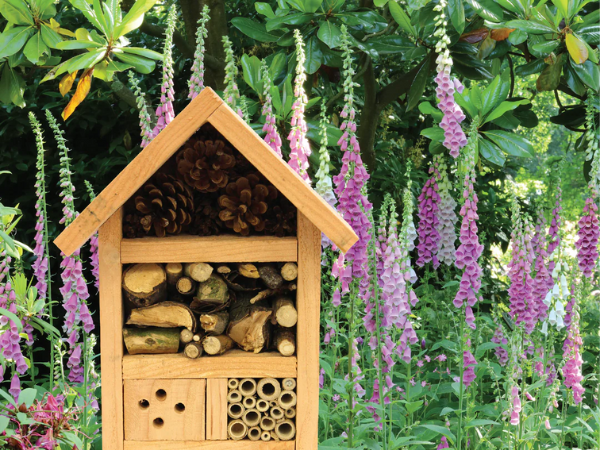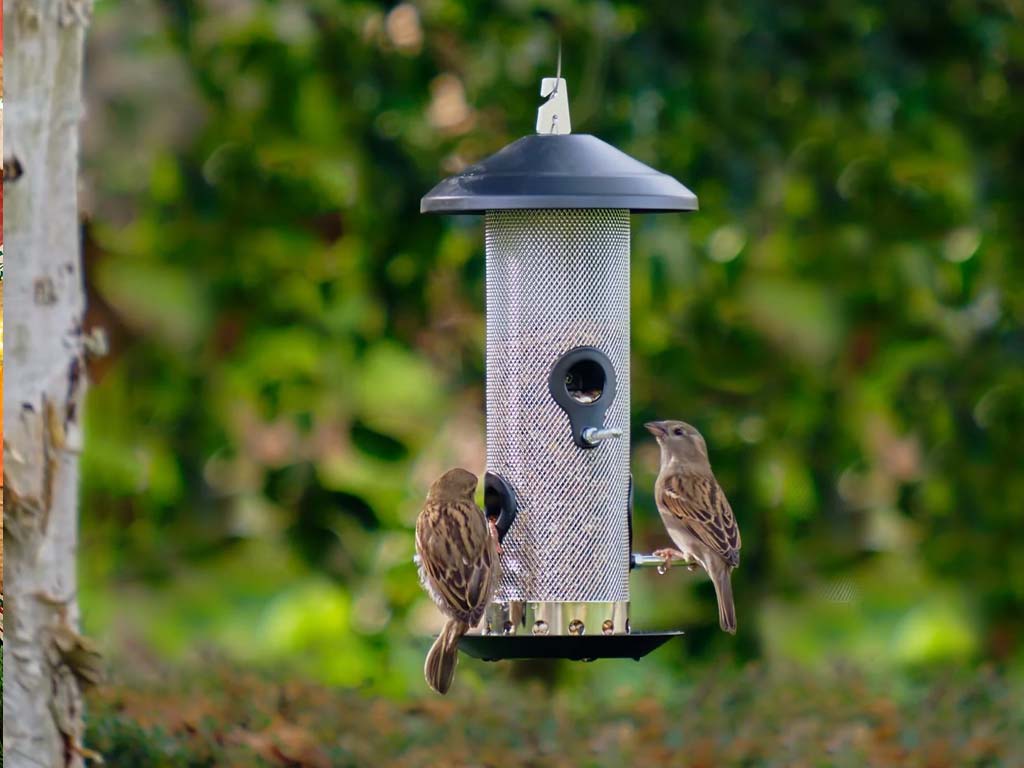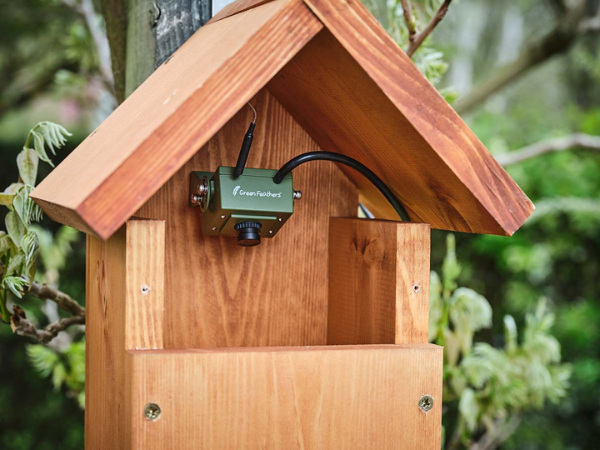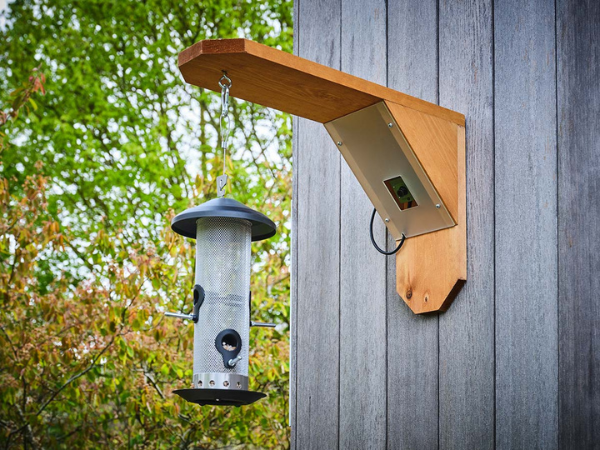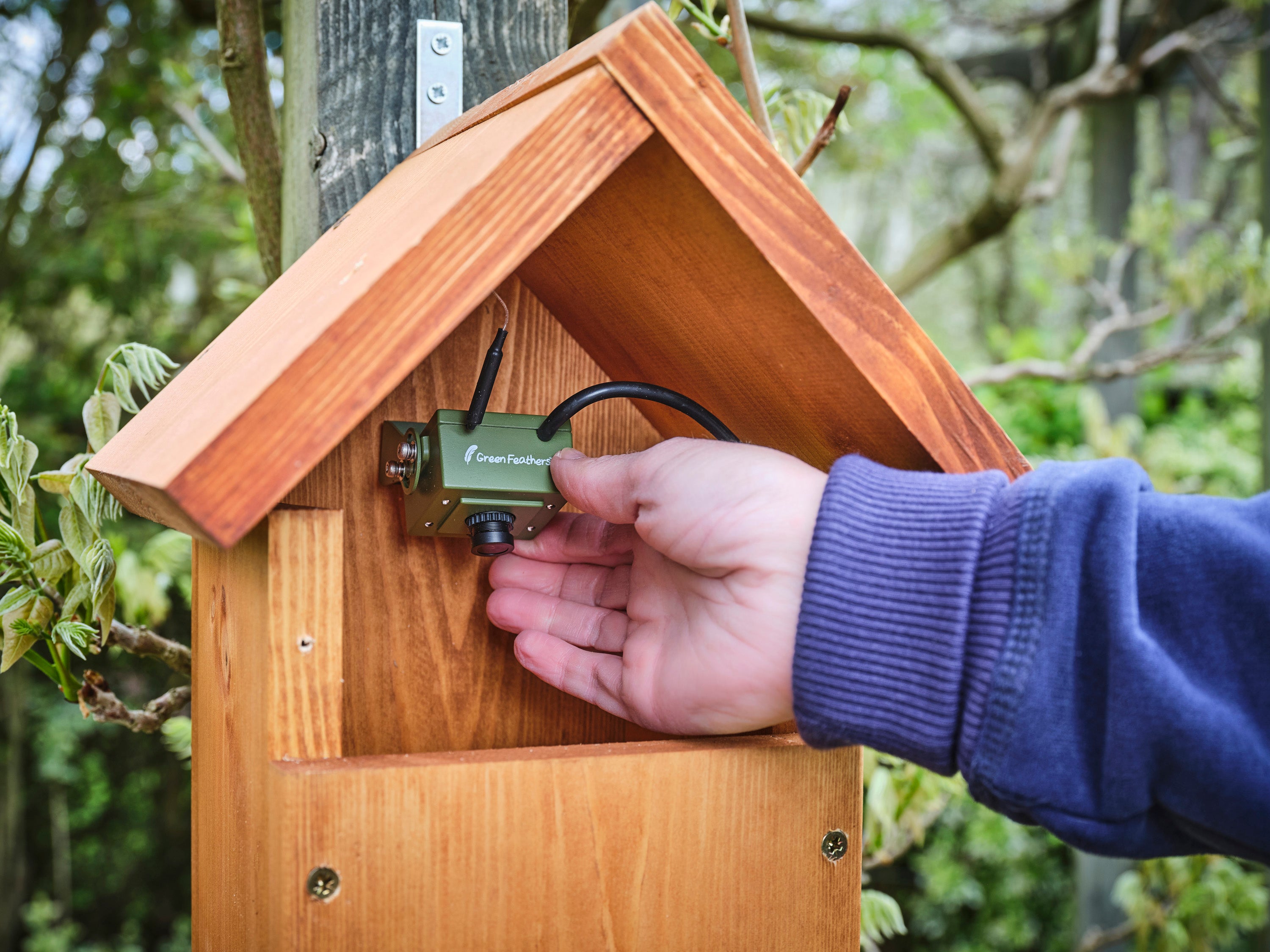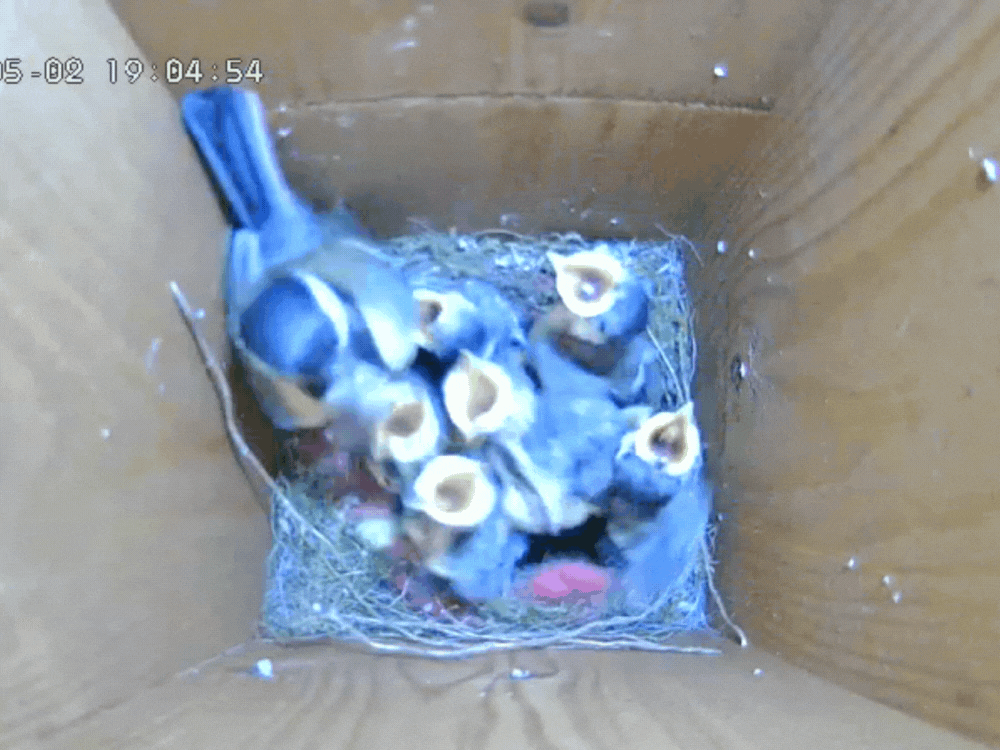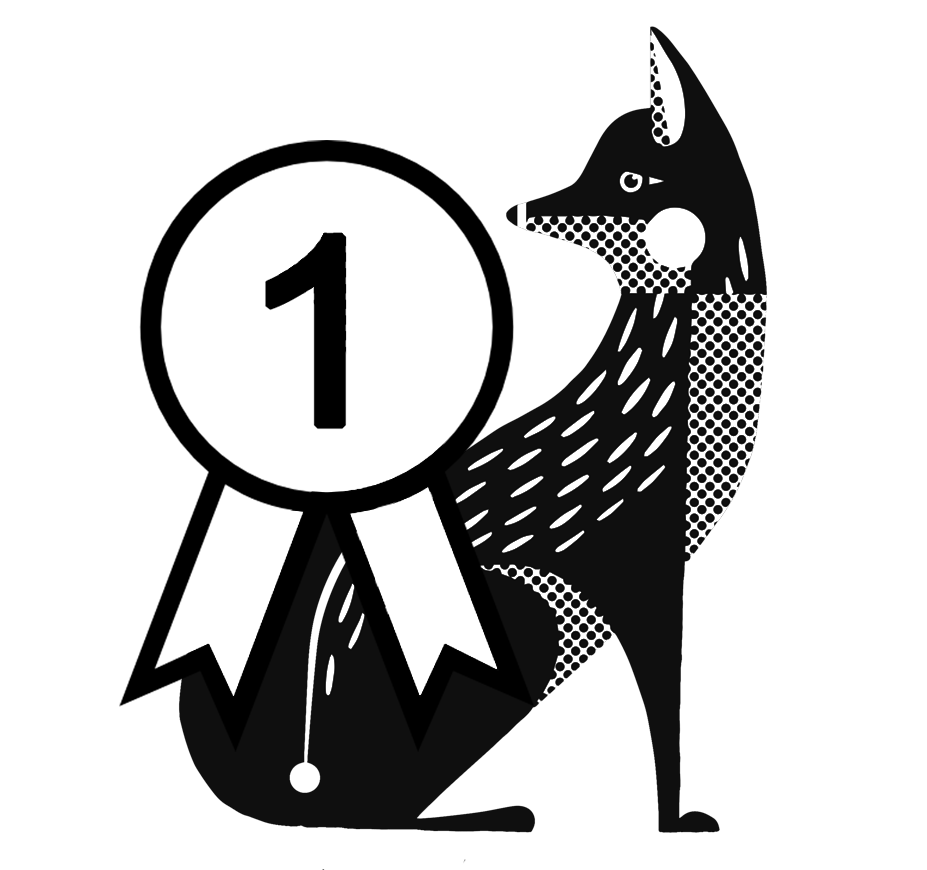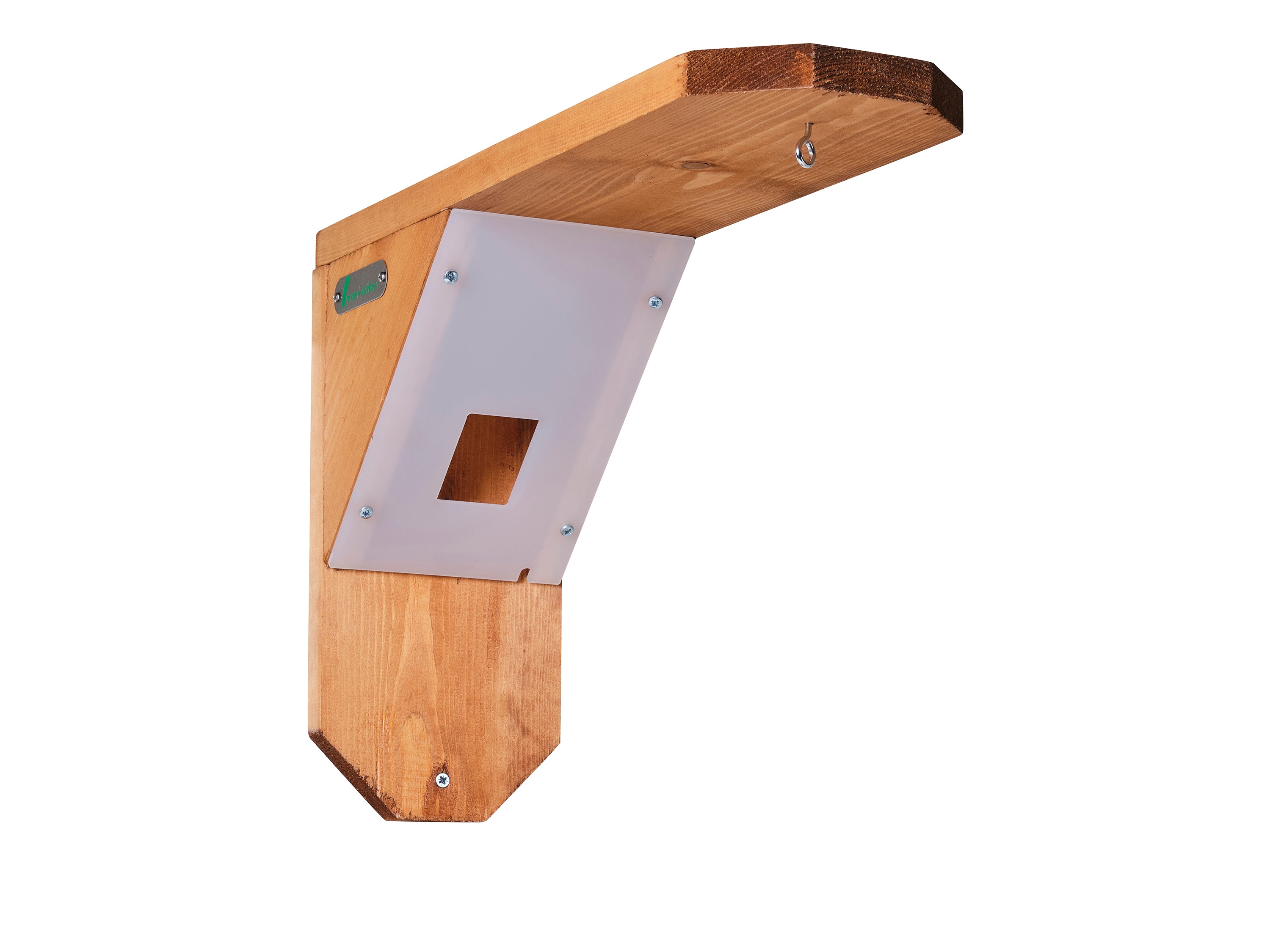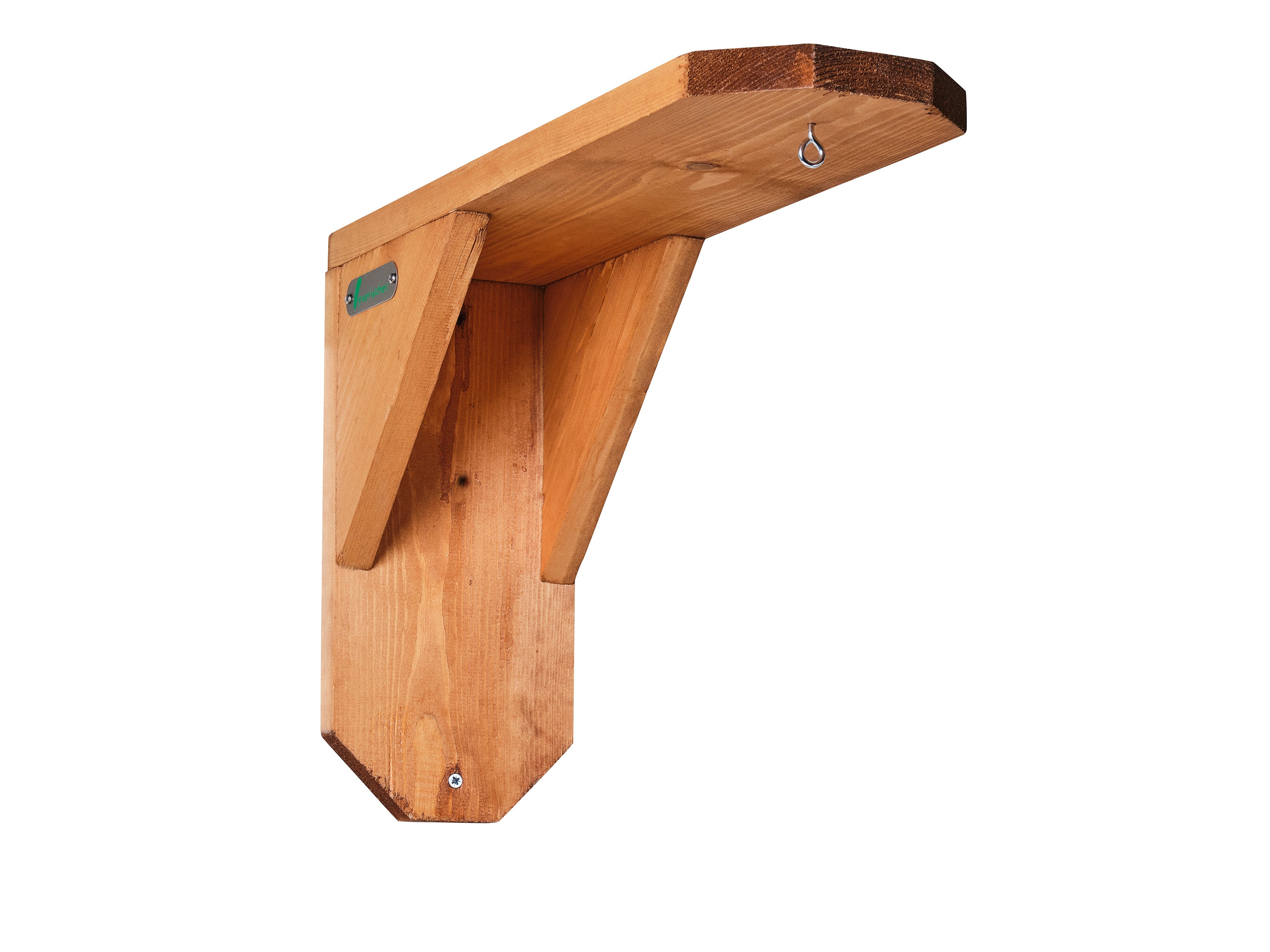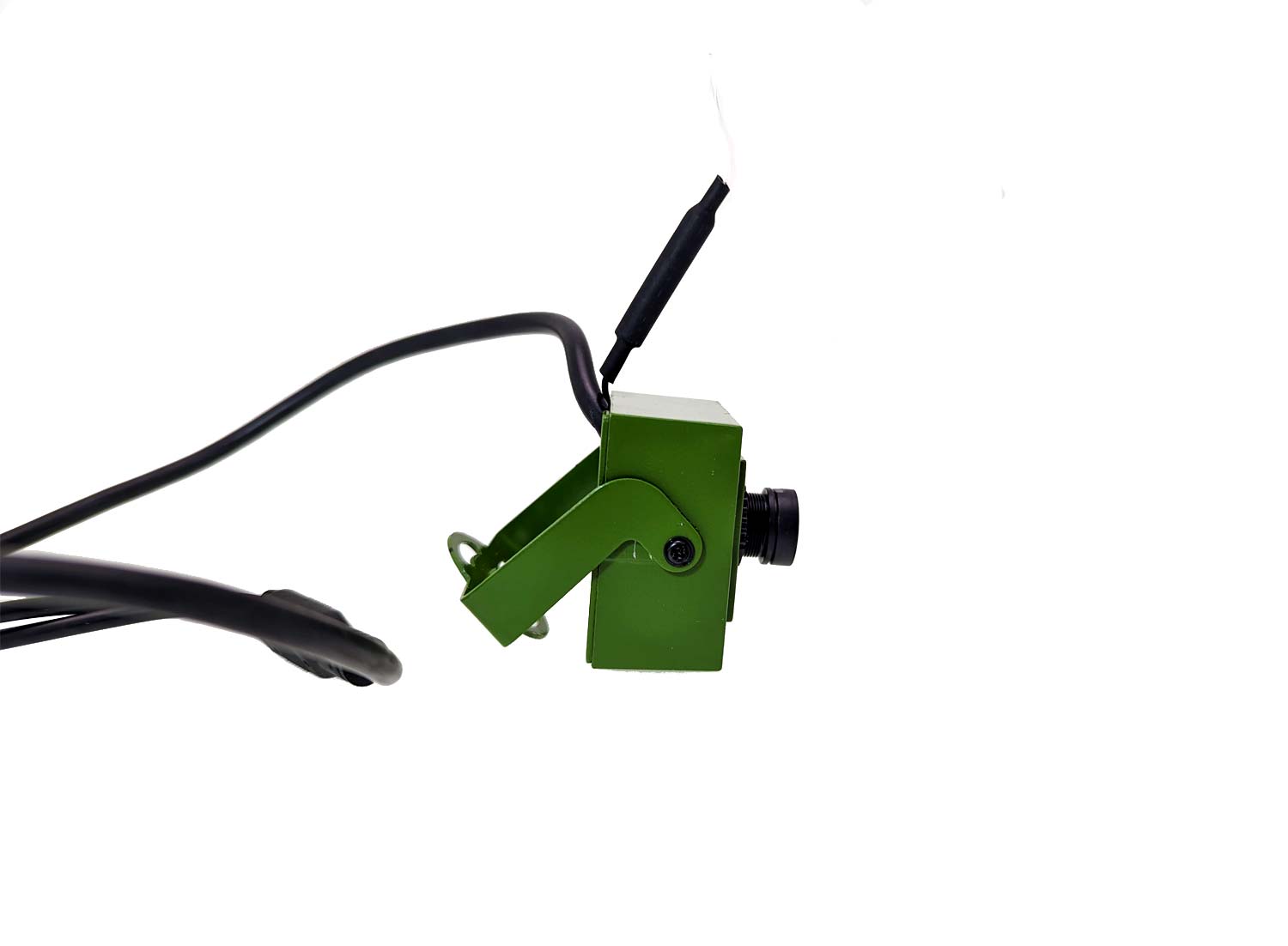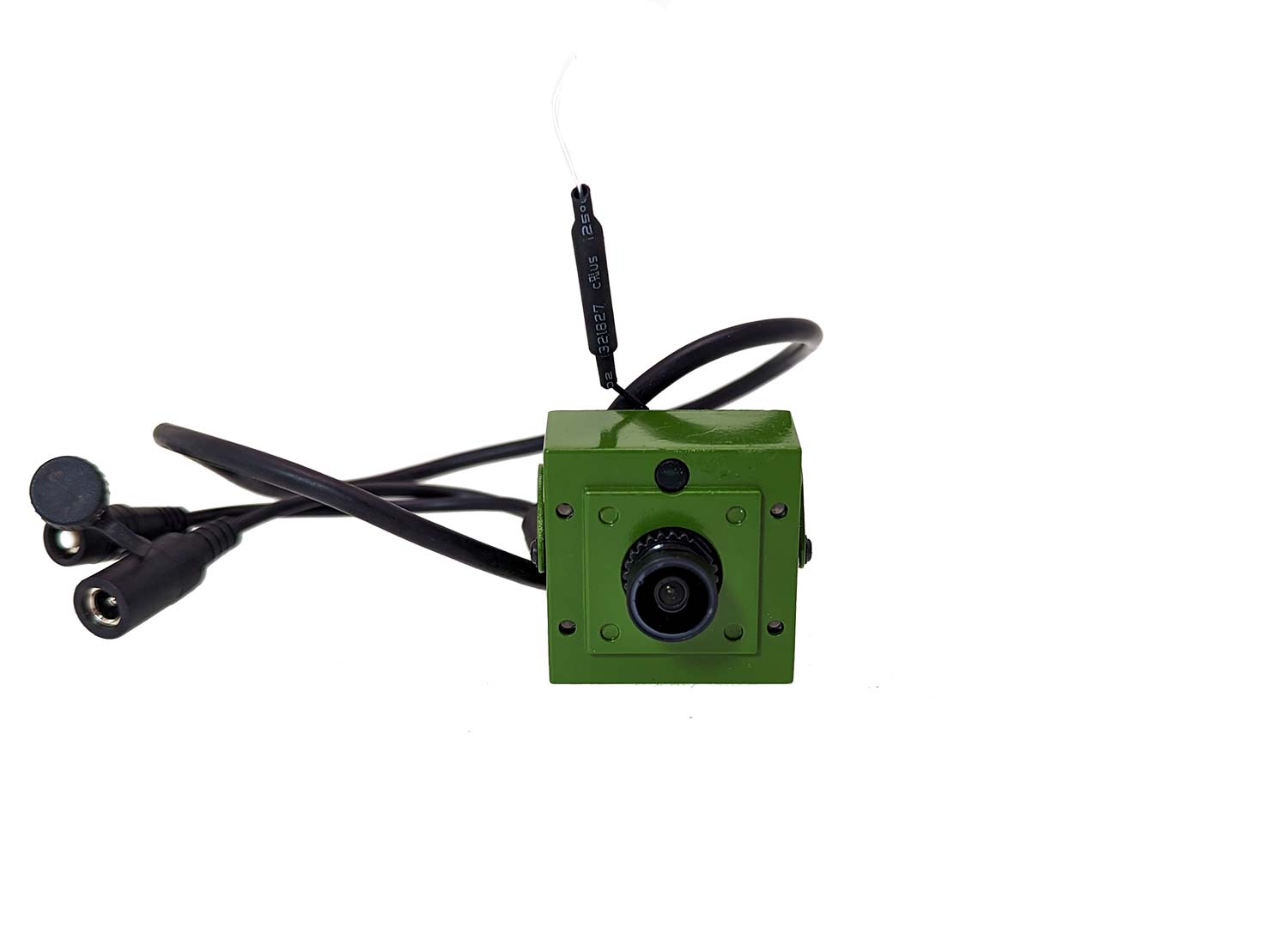The UK boasts a diverse array of small garden birds, but if you’ve caught a brief glimpse of a few in your garden or out on woodland walks, you might find it difficult to identify them – especially if they’re not on our list of the top 10 most common British birds. These tiny birds can be a challenge to keep track of as they flit from branch to branch, but we’re of the opinion that the species in this list are some of the most exciting and rewarding to spot.
And if you want to boost your chances of spotting these little birds, we’d recommend that you do all you can to give them a helping hand. This can involve supporting local and national environmental causes, setting up bird feeders in your garden, or installing bird boxes to help them during nesting season. Plus, you can even install cameras in your bird box to watch these fascinating creatures without disturbing them.
But without further ado, let’s talk about the 15 smallest UK birds, how to identify them, and where to find them:
1. Goldcrest

Scientific name: Regulus regulus
Size: 9cm
Weight: 5-7g
Wingspan: 14-15cm
Appearance: Green-brown body with a yellow crest
Habitats: Coniferous woodlands, mixed forests, parks and gardens
Population: 610,000 breeding territories
Nesting season: Begins in early April
The smallest bird in the UK is the Goldcrest. Adults can weigh just 5g, which is the same weight as a 20p coin! Despite their diminutive stature, Goldcrests make a strong impression with their beautiful olive green colouring and bright yellow crest – hence their name. These birds are also commonly found across the UK, but particularly in coniferous and mixed forests, so you’re likely to spot some if you’re an avid bird watcher or keen to get started with bird watching.
Goldcrests live in wooded areas because this is where they find their food. With their small, thin beaks, they can pick out tiny morsels between pine needles. These delicacies can include spiders, moth eggs, caterpillars and flies. However, they won’t turn up their noses (or, rather, beaks) at what you’ve got in your bird feeder, especially if you have a suet feeder for them.
2. Firecrest

Scientific name: Regulus ignicapilla
Size: 9cm
Weight: 5-7g
Wingspan: 14-15cm
Appearance: Bright green upper feathers, white belly, yellow-orange crest, black eye stripes
Habitats: Coniferous and mixed woodland
Population: 2000 breeding territories
Nesting season: April-June
Firecrests are usually slightly heavier than Goldcrests, but since there’s not much of a size difference at all, they can also be considered some of the very smallest birds in the UK. Many people also struggle to tell them apart due to their similar colouring, but you can distinguish them by their brighter body, more defined colour contrasts and black eye stripes.
Like Goldcrests, Firecrests also feast on tiny invertebrates in wooded areas. However, Firecrests are much rarer, so you’ll probably find them more of a challenge to spot. Listen out for their birdsong to help – they have similar high-pitched tones, but Firecrests are generally louder than Goldcrests.
3. Wren

Scientific name: Troglodytes troglodytes
Size: 9cm
Weight: 7-12g
Wingspan: 16-18cm
Appearance: Brown, round, and with a short tail often held upright
Habitats: Woodlands, farmland, heathland, coastal cliffs, gardens, cities and towns
Population: 11 million pairs
Nesting season: Spring and summer, peak between April and May
The diminutive Wren has become the most common bird in the UK, so you’re likely to spot them in your garden, in the woods, and even in urban areas. Wrens are less distinctive than the first two birds in this list in terms of colouring because they’re brown all over, but you can identify them by their very round shape and little tail, which they tend to hold upright.
Their other distinctive feature is their surprisingly loud voices. Despite their size, Wrens can belt out songs much more loudly than many other birds, and their clear trills and chatters can be heard in all corners of the UK. Wrens are also always on the move, so they’re constantly eating small invertebrates (which they forage for in dense vegetation) to keep up their energy levels.
4. Chiffchaff

Scientific name: Phylloscopus collybita
Size: 10-11cm
Weight: 6-10g
Wingspan: 15-21cm
Appearance: Olive green-brown body, cream belly, pale stripe above the eye
Habitats: Woodlands, scrub, farmland, parks, gardens
Population: 1.2 million breeding pairs
Nesting season: April-July
Another little singer is the Chiffchaff, which is named after the famous ‘chiff-chaffing’ sound it makes. Like Wrens, Chiffchaffs love to be on the move, and they can be a challenge to spot due to their swift movements and green-brown feathers, which camouflage them in their woodland habitats.
However, unlike UK Wrens, Chiffchaffs are migratory birds, which means they travel to warmer climates in southern Europe and northern Africa in late August and September, before returning to the UK from the end of February onwards. As a result, these birds start nesting a bit later than some others.
5. Dartford Warbler

Scientific name: Sylvia undata
Size: 12-13cm
Weight: 9-12g
Wingspan: 13-18cm
Appearance: Dark red breast, dark brown body, red eye rings
Habitats: Heathland, southern UK
Population: 3,200 breeding pairs
Nesting season: March-August
As one of the smallest UK birds, the Dartford Warbler can be a challenge to spot, and this is only exacerbated by the fact that their populations have struggled in the past due to their vulnerability to cold weather. However, since their near extinction in the 1960s, Dartford Warblers have made a comeback thanks to conservation efforts.
Dartford Warblers live primarily in southern counties in heathland habitats, so this is where you should go if you want to spot them. Luckily, these birds have a distinctive dark red breast and red rings around their eyes, making them easier to identify. Dartford Warblers mainly eat small invertebrates due to their size – similar to most of the birds in this smallest British birds list.
6. Treecreeper

Scientific name: Certhia familiaris
Size: 12.5cm
Weight: 8-12g
Wingspan: 18-21cm
Appearance: Speckly brown with a white belly, stiff tail, and a long, curved beak
Habitats: Woodlands, farmland, parks, gardens
Population: 200,000 breeding pairs
Nesting season: Late March-June
As their name suggests, Treecreepers can be found wherever there are plenty of trees. These amazingly agile birds use their pointy claws and long, curved beaks to rapidly climb up trees, and their stiff tail feathers support them against the bark like Woodpeckers. Then, once it’s found a good position, the Treecreeper can use its curved beak to dig into crevices in the bark for insects.
Their speckled brown feathers mean that Treecreepers are very well camouflaged against the trees, but you can still spot them by watching out for rapid upward movements along the bark – this is a dead giveaway for a Treecreeper. All you need is a woodland area, keen eyes and some patience.
7. Coal Tit

Scientific name: Periparus ater
Size: 11.5cm
Weight: 8-10g
Wingspan: 17-20cm
Appearance: Olive-grey back and wings, black cap, white cheeks and nape
Habitats: Coniferous woodlands, gardens, parks, heathland
Population: 680,000 breeding territories
Nesting season: April-June
Moving onto the Tit family, one of the smallest varieties you can find in the UK is the Coal Tit, which is distinguished by its black cap, white cheeks and greenish-grey body. These common birds can be found in woodland areas across the UK, but they’re also found in people’s gardens – especially if you have a bird feeder. Coal Tits certainly aren’t fussy eaters; in addition to eating small invertebrates like the other birds in this list, they also snack on seeds and berries too.
Coal Tits have smaller beaks than other members of the Tit family, enabling them to feed in conifers and get to their prey even in the smallest crevices. When it’s time to nest, these birds prefer to choose quiet, secluded spots, such as tree holes or even holes in walls. However, as long as you choose a quiet spot in your garden, you can entice Coal Tits to nest in your bird box instead, where you can install a bird box camera to watch these fascinating little creatures.
8. Marsh Tit

Scientific name: Poecile palustris
Size: 12cm
Weight: 11-14g
Wingspan: 18-20cm
Appearance: Brown body, pale belly, black cap, black bib under the beak
Habitats: Deciduous woodlands, marshes, parks, gardens
Population: 29,000 breeding territories
Nesting season: April-May
Next we have the Marsh Tit, which can be found in deciduous woodlands, parks, gardens and – you guessed it – marshes. Marsh Tits have a black cap like Coal Tits, but they don’t have the same white cheeks or greyish body. Instead, they have a brown body and pale belly.
Like other Tits, Marsh Tits will hoard food if they find a plentiful food source, so you can attract them with a bird feeder fairly easily. Otherwise, they tend to eat small insects and seeds.
9. Willow Tit

Scientific name: Poecile montanus
Size: 12cm
Weight: 10-13g
Wingspan: 18-20cm
Appearance: Very similar to Marsh Tit but with a smaller and less glossy black cap, a more pronounced white panel on the wings, and a larger swathe of white curving up behind the eye
Habitats: Damp woodlands, wet grassland, post-industrial sites with scrub
Population: 5,700 breeding pairs
Nesting season: April-May
Willow Tits are extremely similar to Marsh Tits. In fact, they weren’t discovered to be separate species until 1897! However, there are some small differences that can help you tell them apart, such as the fact that Willow Tits have a more pronounced white panel on their wings, a larger swathe of white curving up behind the eye, and a smaller, less glossy black cap on their heads.
Another way to distinguish them is to listen to their birdsong. A Willow Tit’s call has more of an abrasive, buzzing sound – like ‘zee-chay-chay’ – whereas a Marsh Tit’s call sounds a bit like a sneeze – ‘pitchoo’! Unfortunately, both Willow Tits and Marsh Tits have faced population decline in recent years, but since Willow Tits were rarer to begin with, it’s now even harder to spot these lovely birds.
10. Blue Tit

Scientific name: Cyanistes caeruleus
Size: 12cm
Weight: 11-13g
Wingspan: 18-20cm
Appearance: Blue cap and wings, yellow belly, white face, and a green patch on its back
Habitats: Woodlands, hedgerows, parks, gardens
Population: 3.4 million breeding pairs
Nesting season: March-June
One of the most easily recognisable birds in the UK is the Blue Tit. With its gorgeous blue cap and wings and yellow belly, Blue Tits add a wonderful pop of colour and vibrancy to your garden. And since they’re very attracted to bird feeders, it’s likely you’ll see quite a few of them on your property.
Again, like other Tits, Blue Tits love to hoard food once they find a plentiful source. Blue Tits are also very community-minded; they like to take food away to share with other Blue Tits, especially during winter when food can be scarce. Therefore, installing a bird feeder during the colder months is extremely helpful for Blue Tit populations.
11. Long-Tailed Tit

Scientific name: Aegithalos caudatus
Size: 14cm
Weight: 7-10g
Wingspan: 16-19cm
Appearance: Pinkish-grey body, black-and-white head, black-and-white tail that’s longer than its body
Habitats: Mixed woodland, farmland, parks, gardens
Population: 380,000 breeding pairs
Nesting season: March-June
Despite its long tail – which is even longer than its body – the Long-Tailed Tit is another very small bird species in the UK. This distinctive black-and-white tail makes it pretty easy to spot, but you can also identify a Long-Tailed Tit by its pinkish-grey, blush-toned feathers and black-and-white head.
Long-Tailed Tits are very sociable, noisy and energetic, so you’ll often find them in groups. They will even work together to build impressive nests. Watch out for their endearing, bouncy flight pattern when you next go bird watching.
12. Lesser Redpoll

Scientific name: Acanthis cabaret
Size: 12cm
Weight: 9-12g
Wingspan: 20-22.5cm
Appearance: Streaky brown body with red patches on its head and sometimes its breast
Habitats: Woodland, heathland, farmland, wetland, gardens
Population: 220,000 breeding pairs
Nesting season: May-July
Although the females have a more subdued colour palette, you can identify a Lesser Redpoll by the bright red patches on its head and sometimes its breast. Otherwise, its feathers are a streaky brown, helping it blend into its woodland habitats. Here, the Lesser Redpoll will forage for seeds – particularly from birch and alder trees – but they will also frequent bird feeders if there are any nearby.
Lesser Redpolls have interesting migratory habits. They’re mainly resident birds in the UK, but some will migrate to warmer southern climates depending on seasonal food availability. If seed crops from its preferred trees fail, this will influence them to migrate further.
13. Siskin

Scientific name: Spinus spinus
Size: 12cm
Weight: 10-18g
Wingspan: 20-23cm
Appearance: Streaky yellow-green body and black cap for males; paler body with fewer yellow streaks and no cap for females
Habitats: Coniferous and mixed woodlands, parks, gardens
Population: 420,000 breeding pairs
Nesting season: April-August
Another energetic little bird that’ll brighten up your garden is the Siskin. These birds boast distinctive yellow-green feathers with a black cap on their heads (males only), adding a vibrant pop of colour to your garden. Plus, this makes them super easy to spot!
Siskins are incredibly lively birds, as evidenced by their rapid, bouncy flight patterns and twittering calls. They’re most numerous in Wales and Scotland, and like Lesser Redpolls, prefer to feast on alder and birch seeds (although they’ll sometimes eat insects too).
14. Goldfinch

Scientific name: Carduelis carduelis
Size: 12-13cm
Weight: 14-18g
Wingspan: 21-25cm
Appearance: Brown and white body, red face, and black, yellow and white wings
Habitats: Woodlands, farmland, heathland, parks, gardens, areas with scattered trees and bushes
Population: 1.2 million breeding pairs
Nesting season: Late April-August
UK Goldfinches have a very unique and distinctive appearance, with a red face, brown and white body, and patches of black, white and yellow in their wings. And since they’re also very common – being found pretty much anywhere with scattered trees and bushes where they can forage – they’re one of the easiest small bird species to spot in Britain.
Thanks to their small beaks, they’re great at getting to seeds that other birds can’t access, such as seeds from dandelions, thistles and teasels. Goldfinches particularly love sunflower seeds, but they’ll also happily eat insects or visit a bird feeder.
15. Robin

Scientific name: Erithacus rubecula
Size: 12.5-14cm
Weight: 16-22g
Wingspan: 20-22cm
Appearance: Orange-red breast, brown body and wings, pale belly
Habitats: Woodlands, hedgerows, parks, gardens
Population: 6.7 million breeding territories
Nesting season: March-July (but can begin in January if the weather is mild)
Commonly spotted in winter, Robins are the last birds on our list of the 14 smallest British birds. Robins are famous for their red breasts and plump, round bodies, which give them a jolly look and make them the perfect Christmas card illustrations.
Contrary to their wholesome image, Robins are actually quite aggressive and territorial with other birds, which is why you mostly see them on their own. However, Robins aren’t very shy around people, so they’ll happily visit your garden to dig for worms or forage for seeds and berries. If you’re a keen gardener, you’ll probably spot plenty of Robins as they wait for you to dig up worms and insects for them!
To help these tiny birds thrive across the UK, you can install bird feeders and bird boxes in your garden to help them nest and feed their young. Here at Green Feathers, we’ve got everything you need to get started, plus plenty of bird box cameras and wildlife cameras to help you improve your bird watching experience.

